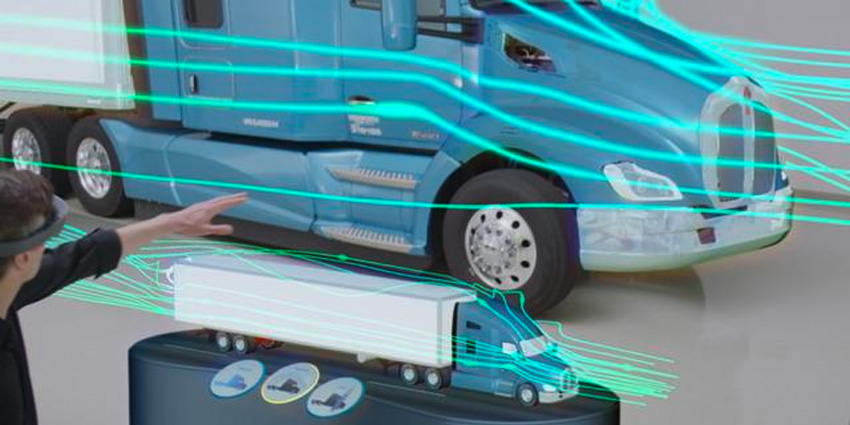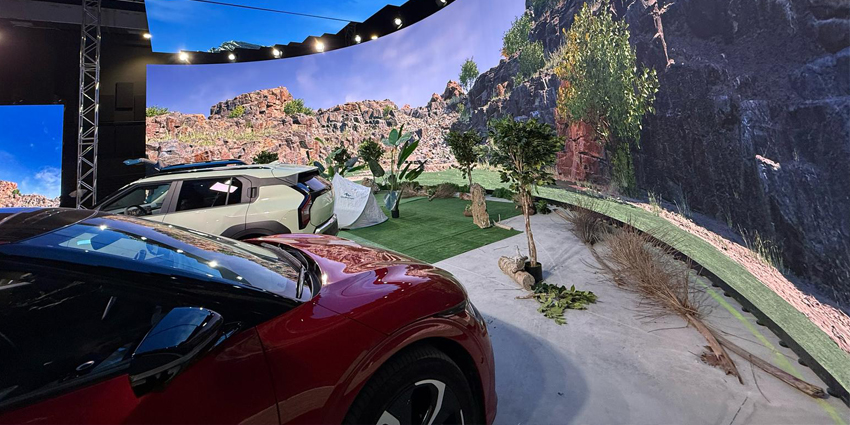Do you remember those old blue/red paper anaglyph glasses used to give out at the movies? Well, 3D visualization has come a LONG way since then – especially in the enterprise.
As digital transformation continues to expand its reach across the world and the adoption of virtual and augmented reality solutions in the enterprise increases, 3D visualization is rapidly becoming a vital tool for many different types of organizations.
However, before we start breaking down the biggest benefits businesses can gain by incorporating 3D visualization into their strategies, first, let’s take a moment to understand what 3D visualization is and who uses it.
What is 3D visualisation?
3D visualisation is a term used to describe graphical content digitally designed using rendering software like Unity Enterprise. In the consumer space, businesses and organizations employ 3D visualization to communicate and engage with audiences in several ways through art, cinematic effects, and videogames, but it doesn’t end there.
While we may not realize it, many B2B companies also use 3D visualization, from retailers and architects to real estate agents, engineers, manufacturing companies, designers, and more.
How do businesses benefit from 3D visualization?
Depending on the context, 3D visualization can offer several benefits to businesses in the B2B space. Let’s look at some of the best examples of how organizations can benefit from 3D visualization below.
Better Customer Experience
Rather than merely watching a sales presentation or reading a product description, 3D visualization and XR allow the customer to truly “see” what the product is and what it can do for them. With these 3D visualizations, companies can bring their presentations to life by immersing clients in virtual showrooms or BIM models, allowing them to visualize plans and ideas in the concrete rather than the abstract.
Better Training
3D visualization in virtual reality training platforms significantly improves student engagement, performance, and success. According to research, students with VR learning tools score 32.4% better on tests than those without, and 3D visualization plays a significant role in increasing that growth. With these 3D VR platforms, dull and boring soft skills training procedures suddenly become fun. Employees are also more eager to participate in the lessons and retain the information taught to them within immersive learning environments powered by 3D visualization.
Smoother Collaboration
While video conferencing tools like Zoom have done a great job of helping organizations work remotely during the pandemic, they still lack many of the benefits of real-life interactions. With XR-powered 3D visualization, however, businesses can bridge those existing gaps by creating realistic online environments where employees can collaborate on projects more naturally. The result is improved focus in meetings, less-anxiety or discomfort from being on camera, and more engagement on projects.
Better Damage Control
Digital Twin is a powerful 3D visualization tool used by all types of businesses ranging from AEC and aerospace to manufacturing and industrial design. By creating digitalized doubles (or twins) of products and testing them in the field, organizations can quickly adapt each plan or strategy as needed without wasting time or money. Digital twins are especially beneficial to large industrial manufacturing companies that would typically invest vast amounts of capital constructing and transporting products to project sites for testing.
Reduces Cost
Another considerable benefit of 3D visualization is a significant reduction in the costs of training, marketing, and business comms. With technologies like VR training platforms and 3D showrooms, organizations can roll out these immersive experiences at scale across their network instantly and at no extra cost. Designers, engineers, architects, and construction workers can also use 3D Visualisation and XR to collaborate on projects from different locations worldwide, without ever having to step on a plane or leave their homes.
Where will 3D visualization go from here?
As technology continues to change the world around us, the demand for tools that allow employees to communicate in a comfortable, flexible, and engaging way is growing by the day.
Moreover, considering the drastic improvements 3D visualization can have on business performance, training, and customer experience, it’s hard to imagine a future without it.







